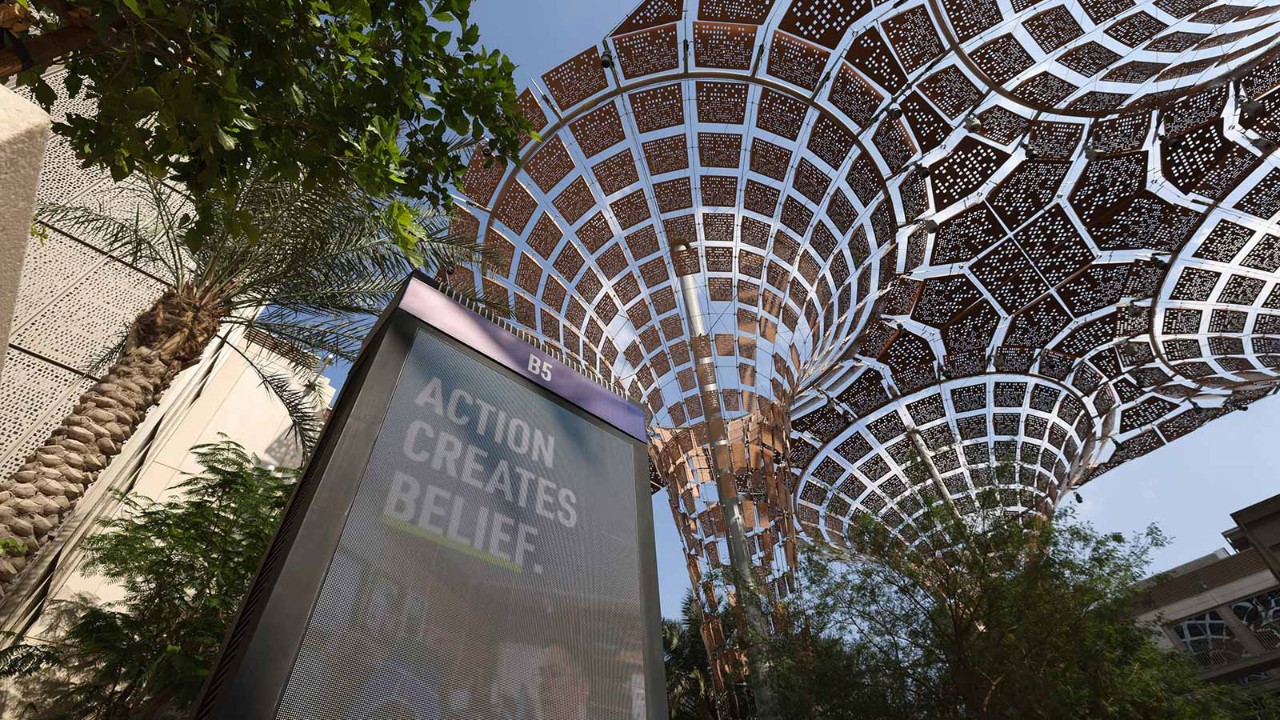
The global Islamic finance industry is projected to rise to US$6 trillion by 2026. ‘The industry has experienced significant growth globally, with the emergence of Islamic finance hubs and sharia-compliant financial products and services, such as Islamic bonds, Islamic insurance and Islamic mutual funds,’ says Syeda Neha Hasan, senior consultant at EY Pakistan.
‘These products are all provided without interest so the Islamic finance system supports the welfare of everyone.’
Now, with over US$3 trillion in sharia-compliant financial assets across more than 80 countries, the industry is shifting its focus to support the transition to a green agenda.
‘Islamic banking will play a key role in meaningfully contributing to environmental protection’
Initiatives such as Pakistan’s green banking policy and Malaysia’s green technology financing scheme encourage Islamic banks to integrate ESG principles into their core operations.
‘They support projects focused on energy efficiency, renewable energy and sustainable development,’ Hasan says. ‘This positioning of Islamic banking will allow it to play a key role in fostering green initiatives and meaningfully contributing to environmental protection in countries like Pakistan and Malaysia.’
Key players
While the Islamic finance industry covers more than 80 countries, the bulk is concentrated in a handful, which drive growth, set standards and foster innovation. Ten countries account for almost 95% of all sharia-compliant assets, and all are in the Middle East and South Asia.
Iran is the biggest player with 29% of the global total, closely followed by Saudi Arabia with 25%. Then comes Malaysia (11%), the UAE (8%), Kuwait (6%), Qatar (6%), Turkey (2.6%), Bangladesh (2.1%), Indonesia (2%) and Bahrain (1.8%).
Given their higher per capita incomes, larger financial resources and stronger regulatory support, the Gulf countries have a more mature Islamic finance market. In 2022, the Gulf Cooperation Council (GCC) nations contributed 92% of that year’s growth in Islamic banking assets, primarily led by Saudi Arabia and Kuwait.
Pakistan has just 22 Islamic banking institutions, according to the State Bank of Pakistan. Despite the country’s small but growing US$53bn Islamic finance sector, benchmark tools are of equal importance for tracking the adaptation to sustainability goals and upholding shariah nature preservation values.
Values and focus
At the heart of the Islamic finance system is ‘a balanced protection of the rights of both parties’, says Muhammad Farhan-ul-Haq Usmani, executive vice president at Meezan Bank in Pakistan. ‘It’s not a one-sided arrangement like a lender and borrower.’
Talha Aslam, an accountant at Gulf Talent in the UAE, says that Islamic finance promotes the ‘prohibition of interest and speculative activities in favour of asset-backed, risk-sharing and profit-sharing models’.
It is these values that dovetail with the growing focus of modern organisations, regulators and investors on environmental, social and governance (ESG) issues.
‘Islamic finance could emerge as a leader in the transition to low-carbon growth’
There is already a proactive stance among key institutions with Islamic banking practices developing in response to the worldwide push toward green finance. Certifications, reporting standards and transparency measures all play a critical role in monitoring Islamic banking’s progress on sustainability goals.
One example is the Climate Bonds Initiative certification scheme, which applies to green Islamic bonds. And, there’s the Global Reporting Initiative, which provides the most widely used sustainability reporting standards and transparency requirements for disclosing green finance activities and validating environmental impact.
A recent major development in the Islamic finance industry has been the establishment of the Islamic Financial Services Board (IFSB). As the international standard-setting body for regulatory and supervisory authorities, the IFSB works to ensure the stability and resilience of the global Islamic financial services sector, which includes banking, capital markets and insurance. As of December 2023, it had 191 members, including 82 regulatory authorities, 10 intergovernmental bodies and 99 market institutions operating across 58 jurisdictions.
‘The relatively small size of some Islamic finance markets necessitates a pragmatic approach for convenience,’ says Usmani. ‘As the industry continues to expand, dedicated Islamic financial benchmarks will likely be more widely adopted to further strengthen standards and promote uniformity.’
Sustainability goals
At COP27 in Egypt in 2022, the Arab Coordination Group committed to spending US$24bn by 2030 to address climate change. The majority of the group’s members, which are development finance institutions, pledged to use loans, guarantees and other financial tools to promote green energy, resilient infrastructure and energy security in developing nations. And at COP28 in 2023 the Islamic Development Bank announced a US$1bn climate finance commitment to support adaptation in conflict-affected countries.
‘These commitments present Islamic banking with opportunities to finance vital green projects and promote sustainability goals across the Middle East and North Africa,’ Aslam says. ‘With proactive support, Islamic finance could emerge as a leader in the transition to low-carbon growth and resilient development.’



